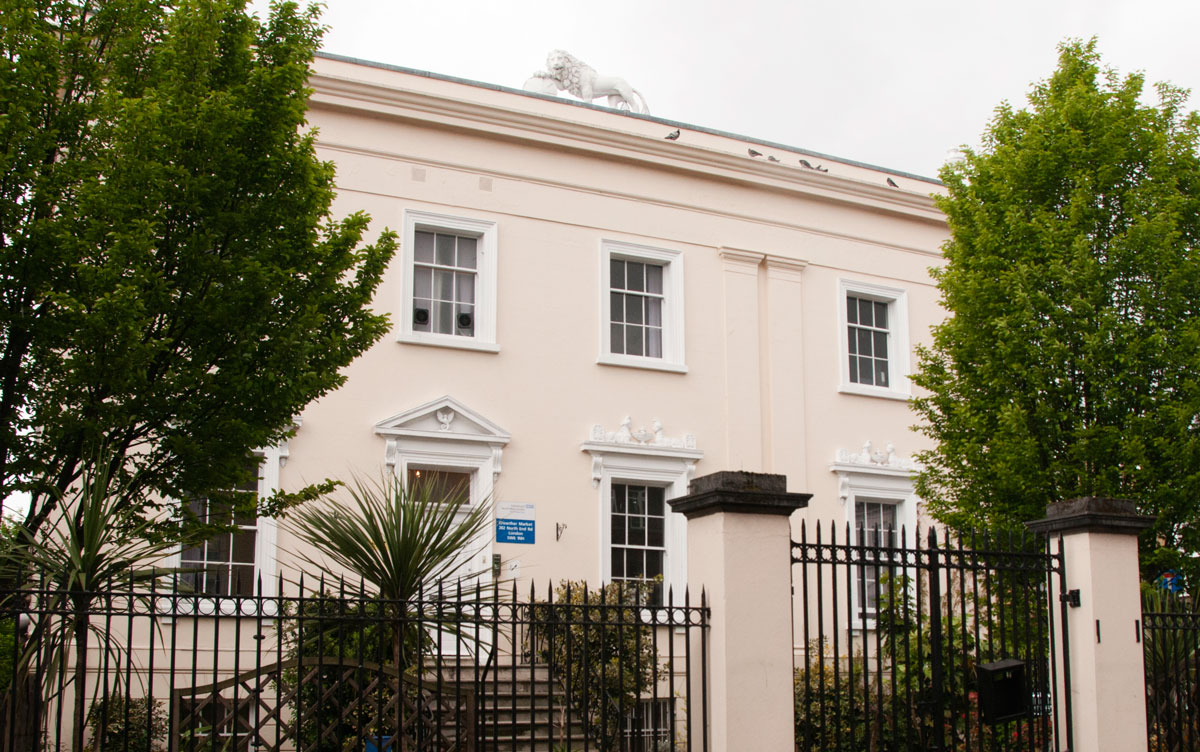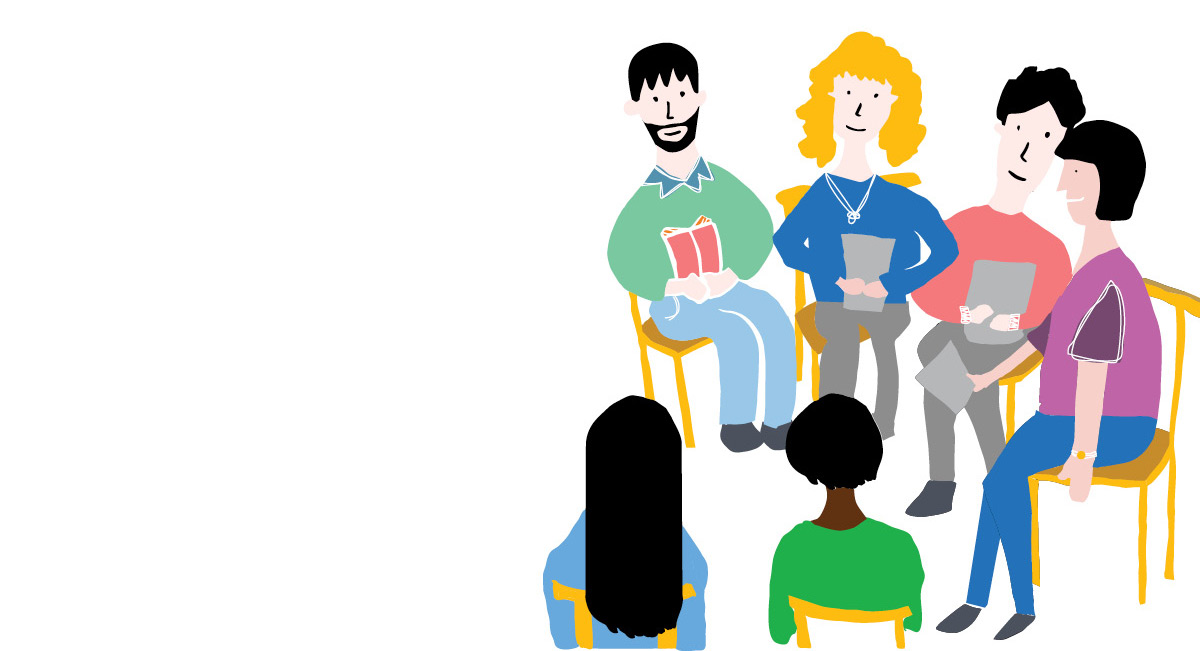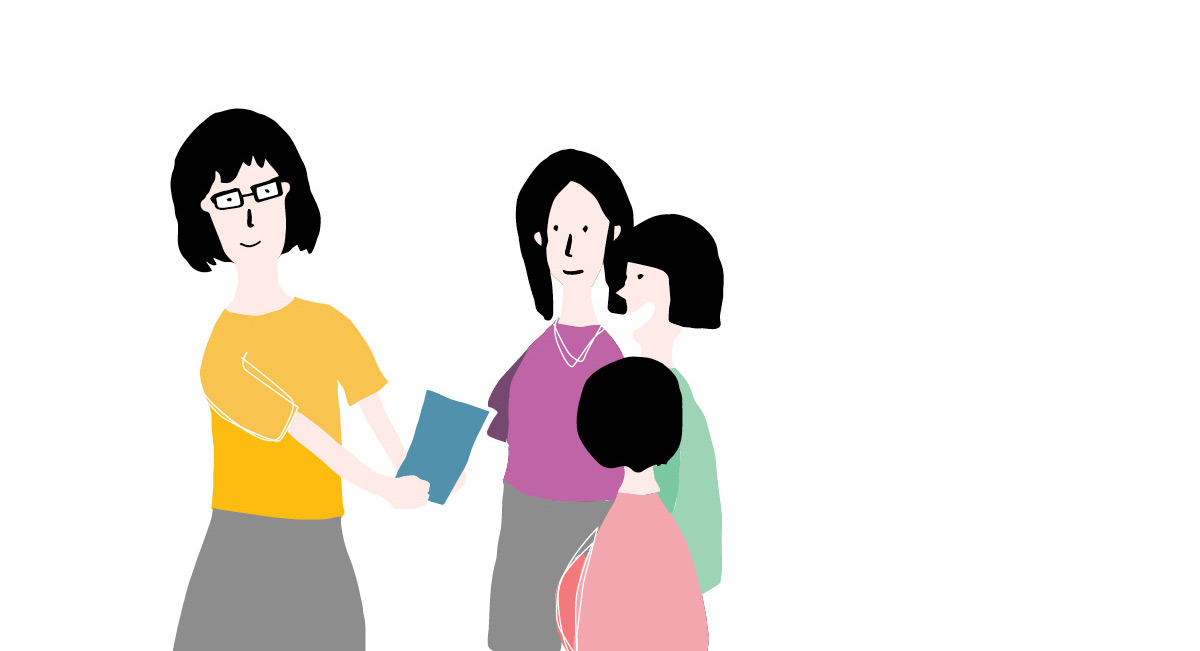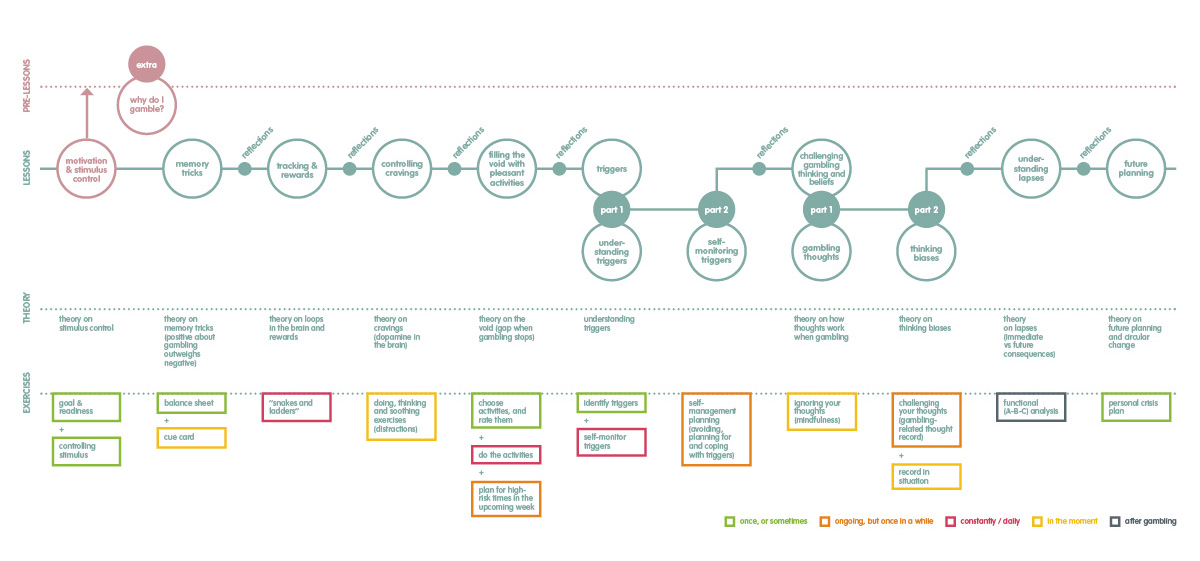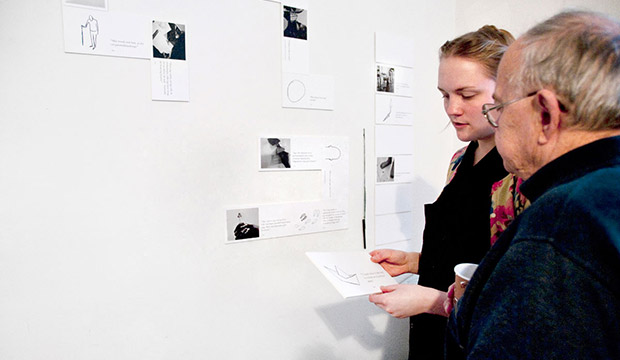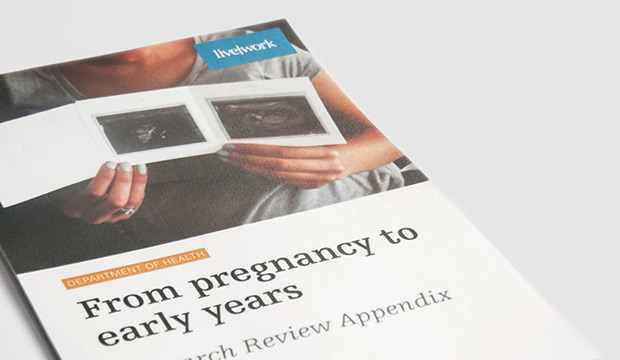The design
Hap is a transformed CBT (cognitive behavioural therapy) service delivered mostly through digital channels, specifically targeted at young problem gamblers. The service currently on offer is (in simplified terms) referral followed by assessment, followed by 8 weekly lessons of CBT. This inflexible treatment structure doesn't allow for feelings of 'ups and downs' which are a natural part of any type of addiction, and are found to be more prominent in young problem gamblers. By digitising the CBT, it allows you to follow treatment at your own pace, track your progress, and emphasises a feeling of 'self-help'. It also means that treatment can start right after assessment; eliminating waiting time, and responding to a much more “immediate culture”. Hap, meaning coming about by chance, takes the form of an app because this enables people to access the CBT exercises — a core part of the treatment — whenever needed the most.
It is worth mentioning that there currently is no gambling addiction service targeted at young people, and that a recent trial with app-based CBT for mental health problems was found to be very successful.
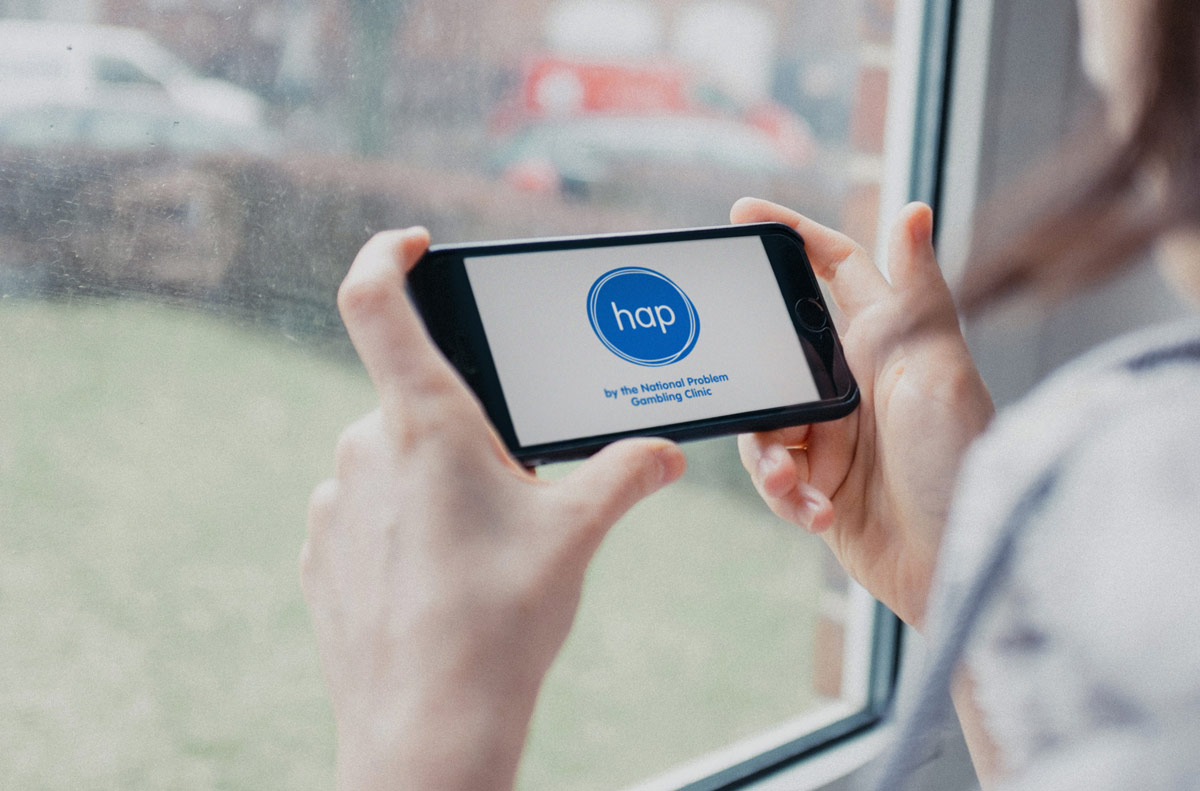
Hap, meaning coming about by chance, takes the form of an app because it is convenient to have the treatment service ready at hand.
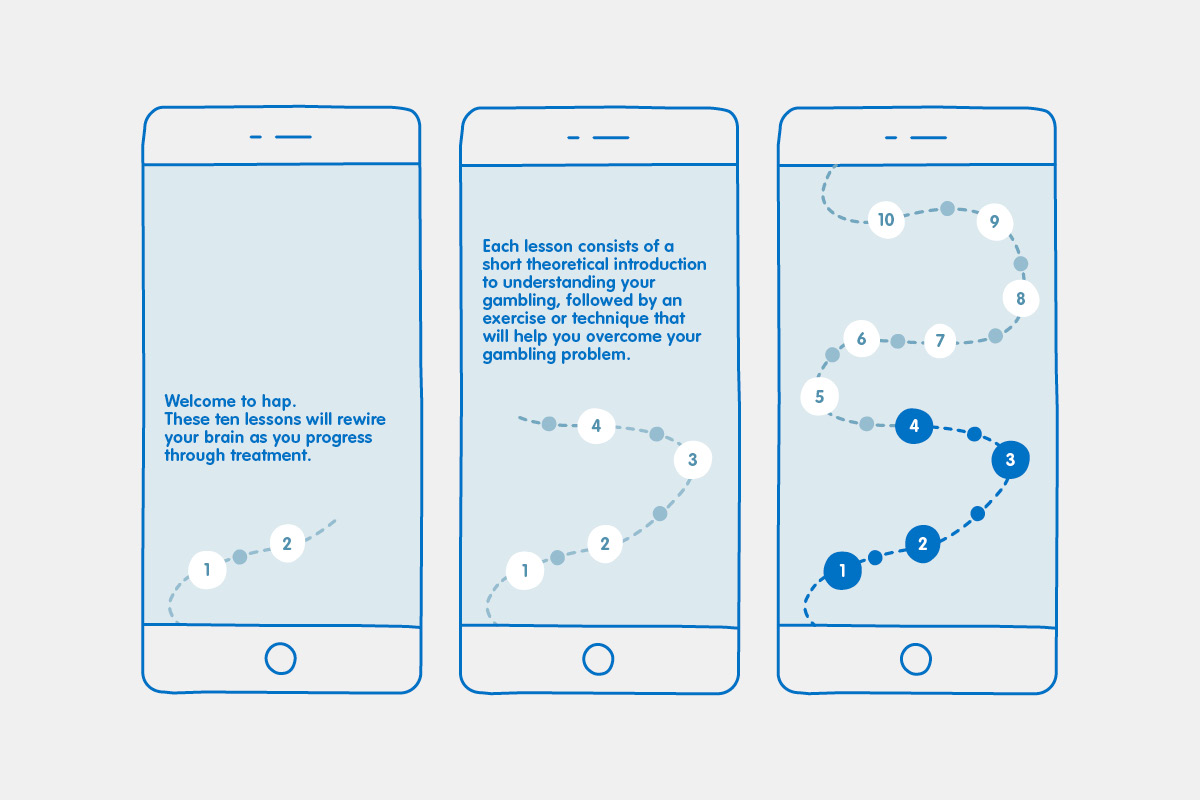
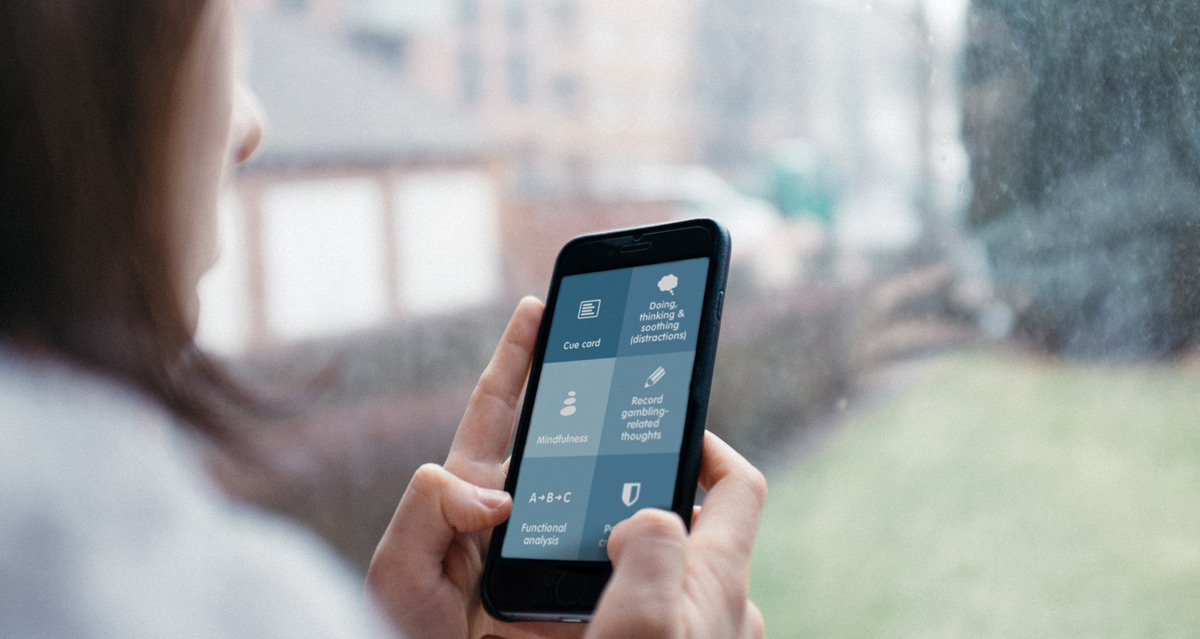
The proposed future service looks like this. Here showing the unlocked tools or exercises that you can return to when needed.
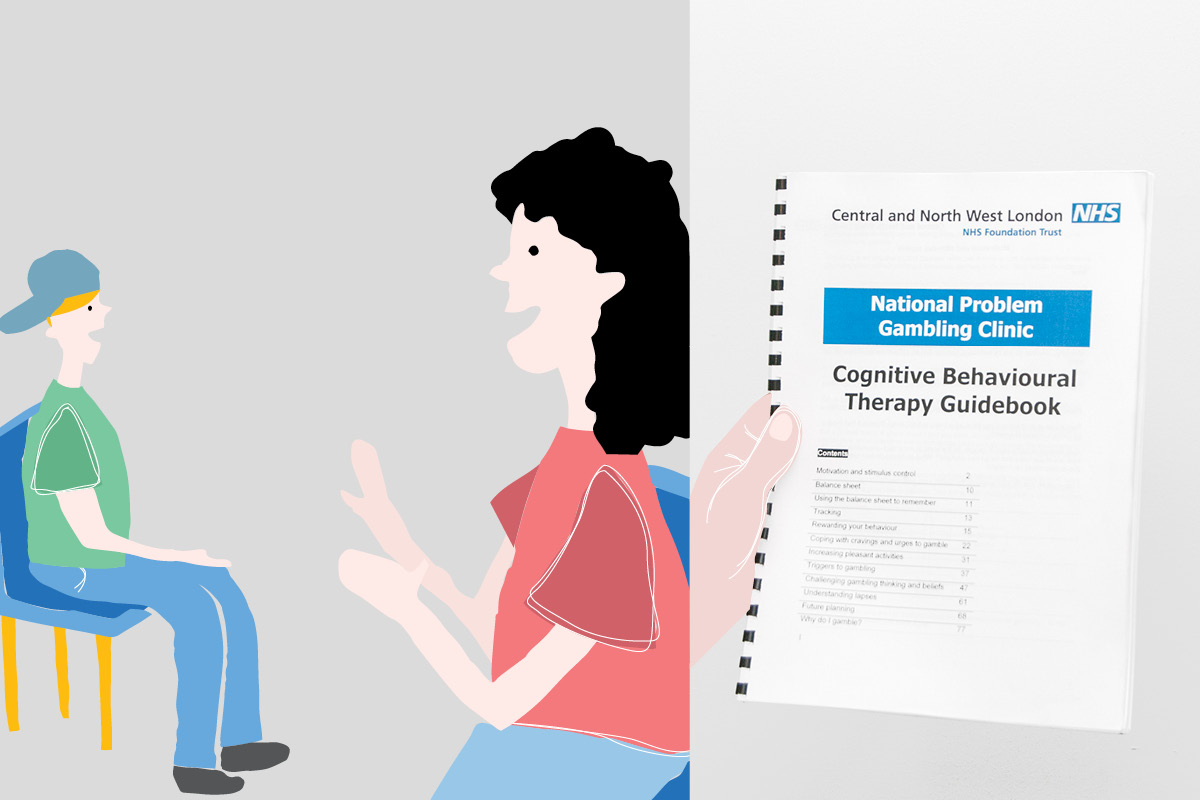
The current service looks like this. You schedule sessions of talking therapy, and can work your way through the homework book in between sessions.

A simplified version of current service: Referral followed by assessment followed by 8 weekly sessions of CBT. The homework book sums up the treatment, and the 'clients' can engage with this in between sessions.
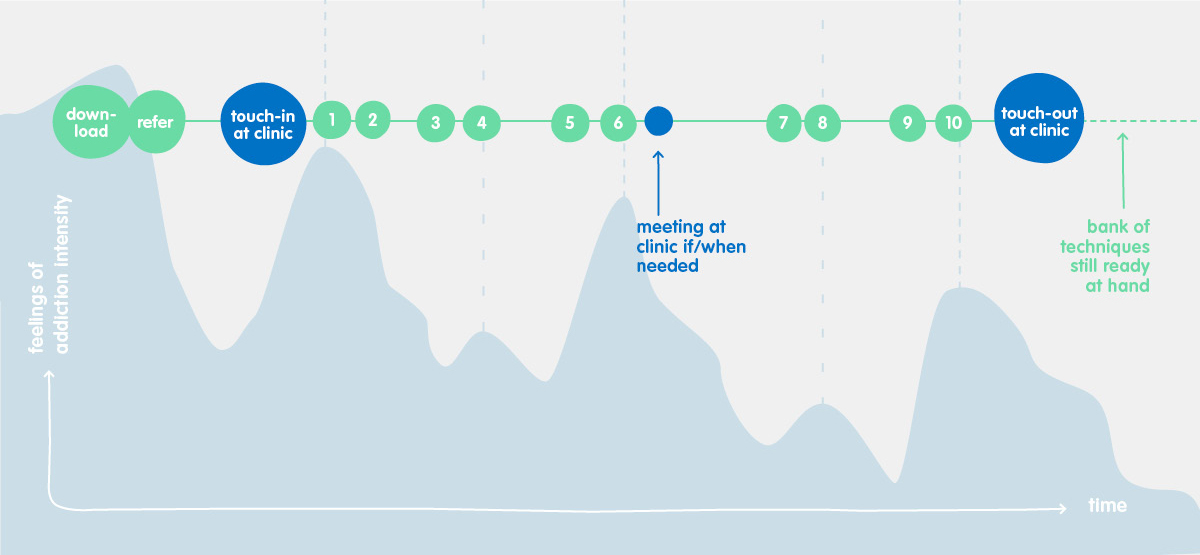
With Hap: Once you download the app, you can refer yourself to the clinic. This means that there will be an important touch-in and touch-out moment at the actual clinic’s premises, but in-between this, you will be following the CCBT at your own pace, from wherever you are.
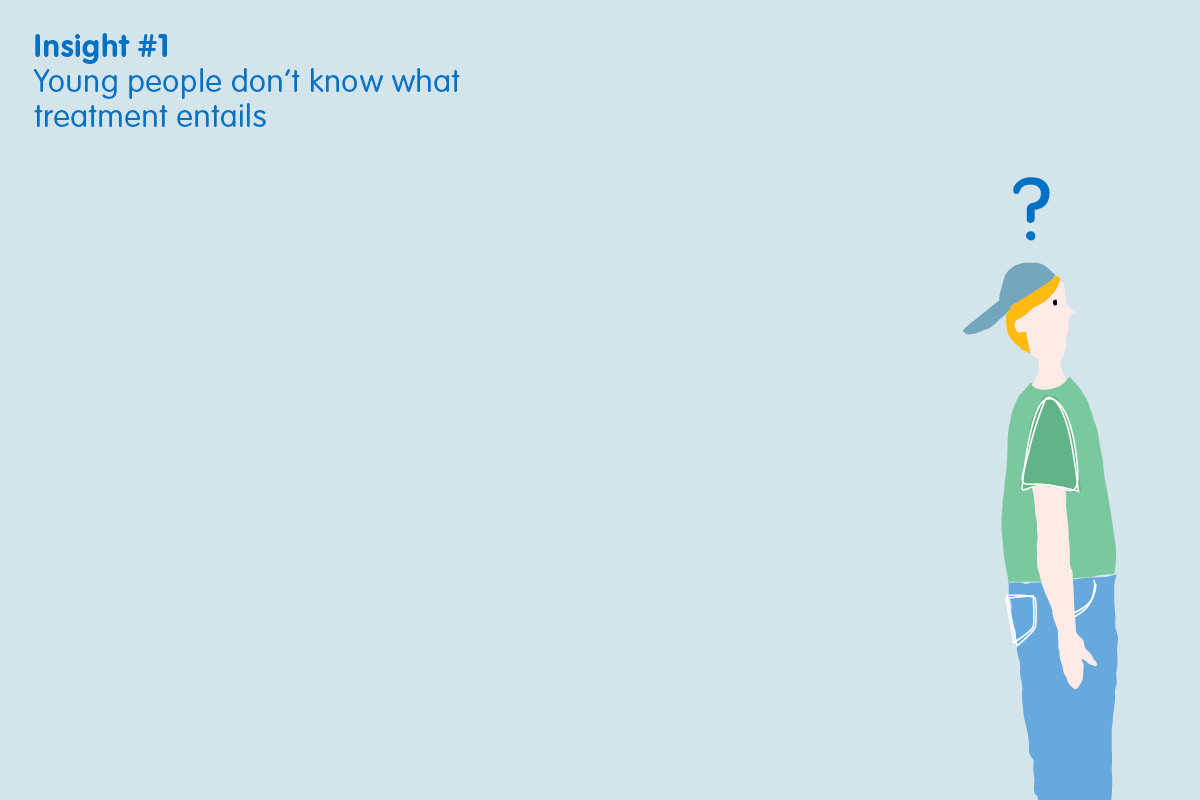
Our research pointed towards three key insights. First, having enough information on what lies ahead is particularly important for young people; information about the treatment before signing up, but also knowing what the next steps in treatment are.
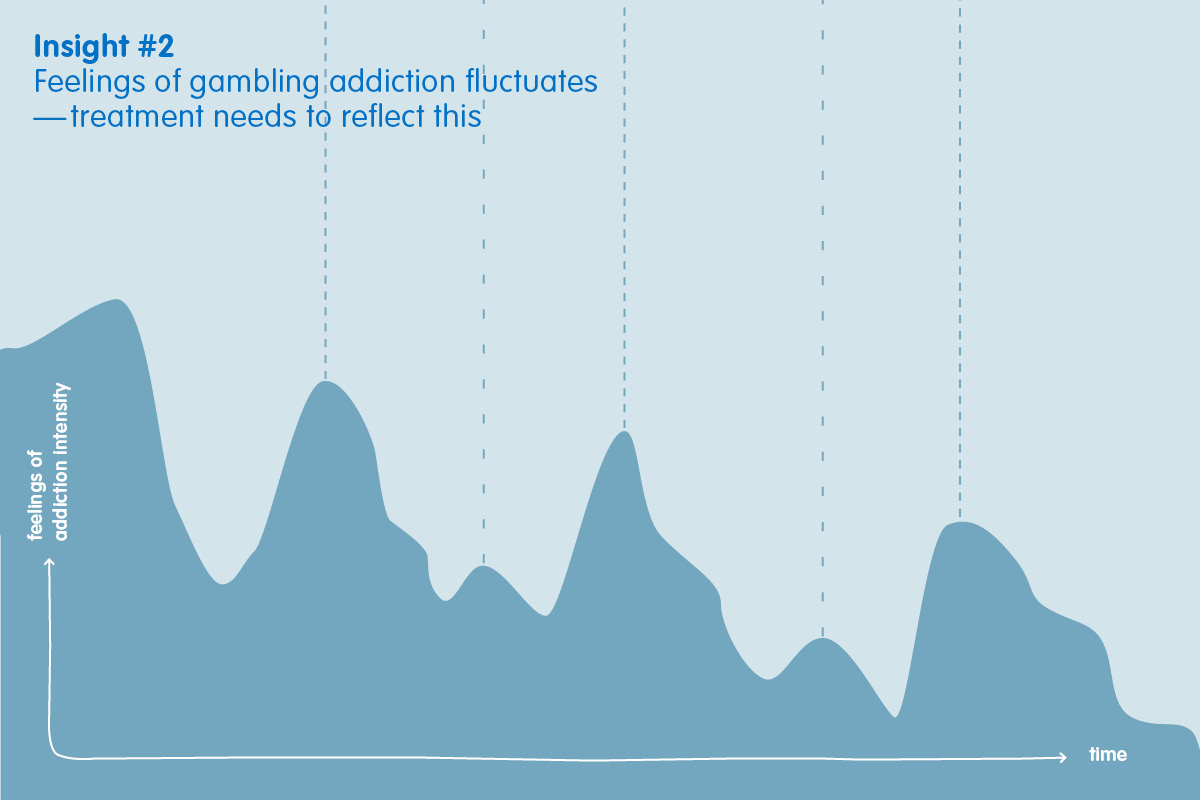
Secondly, feelings of addiction intensity fluctuates. Research has shown that this is particularly prevalent and important among young problem gamblers, most likely because of a more fluid lifestyle, and bigger life changes such as graduating from college, moving away from home etc.
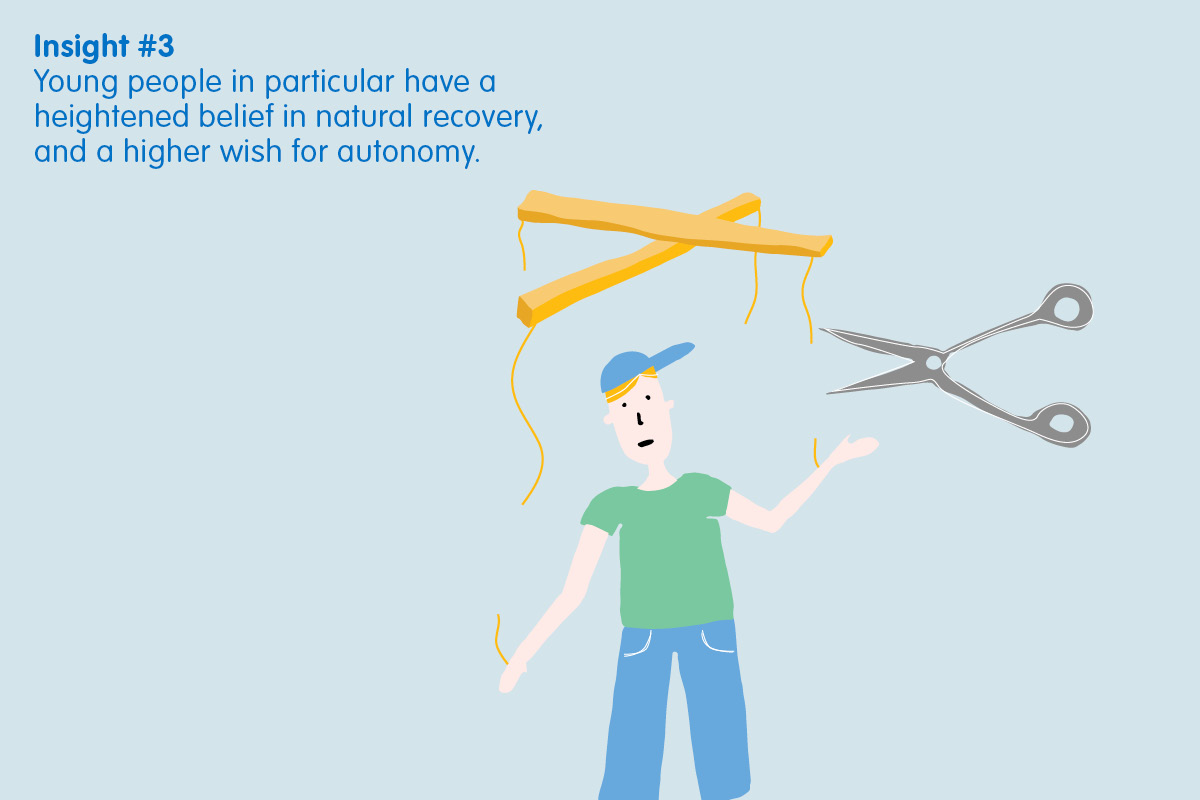
And, finally, one thing that distinguishes this age group of problem gamblers from other age groups is a heightened belief in natural recovery, and a higher wish for autonomy. This points to ways of providing support to help yourself out of problem gambling as a particularly important factor for young people.
